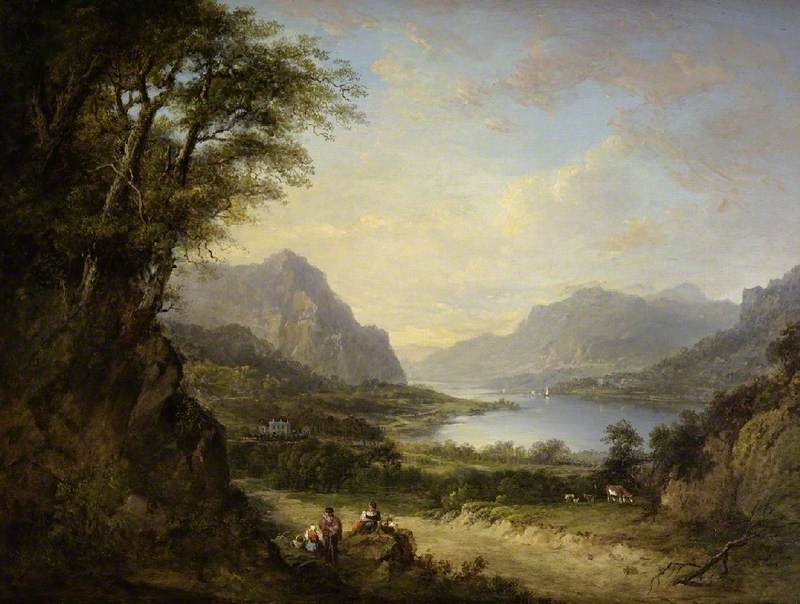Both ‘Molly on the Shore’ and ‘Ye Banks and Braes o Bonnie Doon’, ingeniously orchestrated for brass by our trumpet player and composer-in-residence Ryan Linham, were originally set by Grainger for many different combinations of instruments.
These settings not only immortalise the folk melodies but preserve in some measure the feeling that the songs seek to express: the rejuvenation and joy that one experiences when communing with nature. Most importantly in this modern age of environmental awareness, these folk songs demonstrate that at the heart of western culture there still exists a philosophy that sees humanity as indistinguishable from nature.
‘Ye banks and braes o’ bonnie Doon, How can ye bloom sae fresh and fair;
How can ye chant, ye little birds, And I sae weary, fu’ o’ care!’
Robert Burns

This ancient conception that communities are as much a part of their land as the trees and rivers, thought now to be alien to western thinking as defined by the universal rationalist approaches of Rousseau and Newton, has not been extirpated and persists in parts of Britain and the west; though often derided in intellectual circles, artists and musicians, including the so-called ‘pastoralists’ have utilised the tools made available by The Enlightenment to create works which fuse together that which was thought to be antithetical.

Artistic Director and Tuba – Ensemble of the Golden Bough



